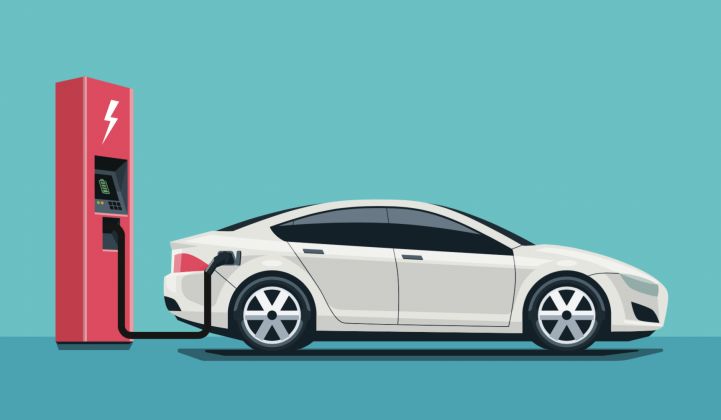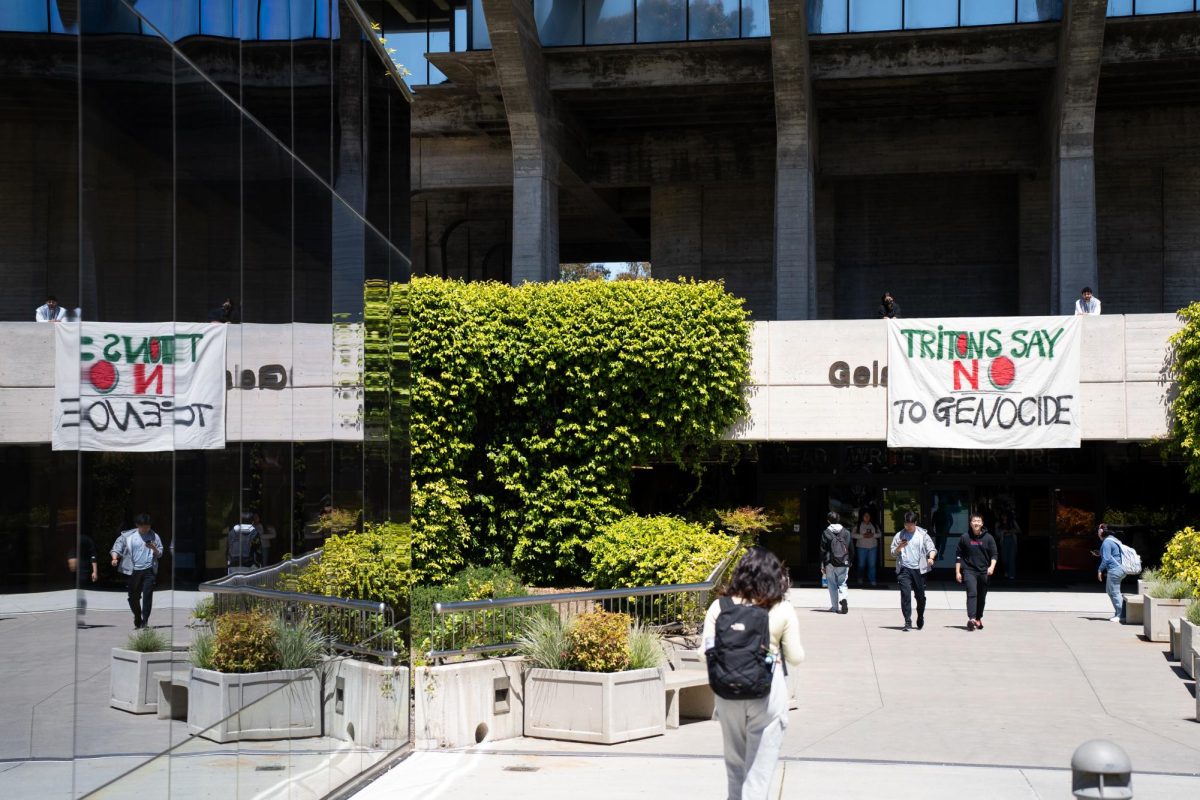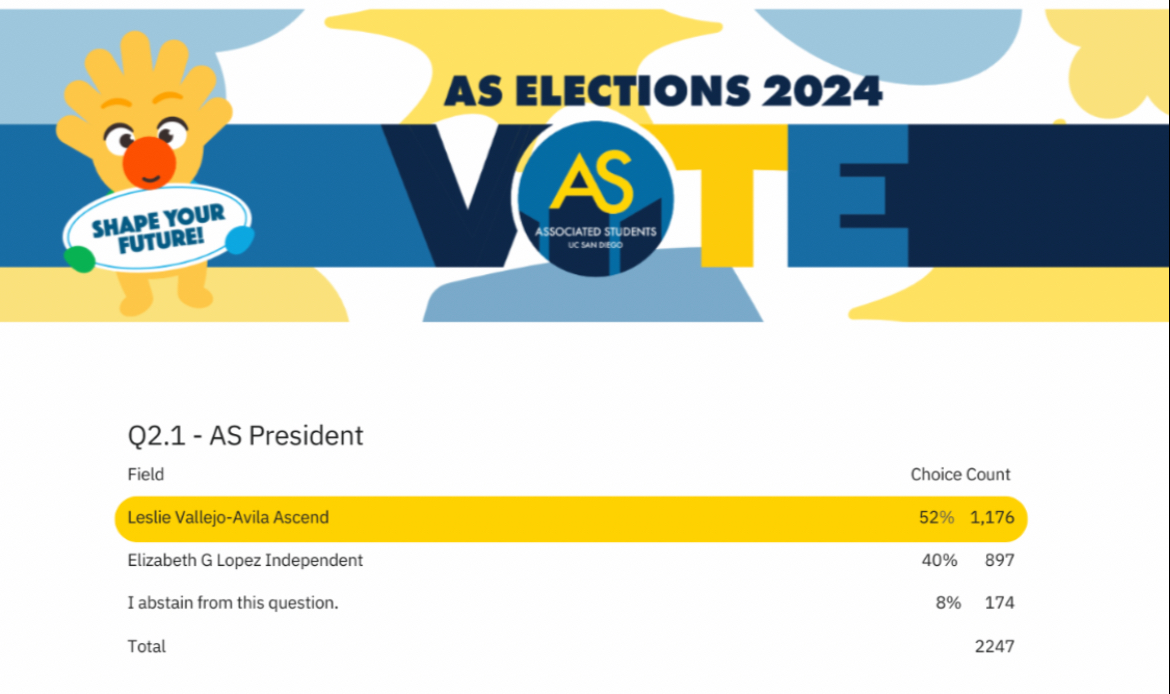Under the U.S. Department of Energy, the Advanced Research Projects Agency-Energy awarded the UC San Diego Center for Energy Research $2 million in research funding for the “Second Life” Battery Project. This project focuses on reusing electric vehicle lithium batteries to power homes and businesses. The UCSD “Second Life” Battery Project was just one project in the DOE’s OPEN 2018 event, which announced winning projects on Nov. 15.
The ARPA-E is a program within the DOE. With an OPEN event every three years, ARPA-E funds energy-related research projects in the developmental stages that have not yet entered the market. The OPEN provides researchers the opportunity to receive funding from ARPA-E for their projects.
OPEN is a triennial competitive program funded by ARPA-E, that, after announcing open applications for funding research projects in multiple technological areas, selects projects to receive the allotted funding for that OPEN window. Previous OPEN opportunities occurred in 2009, 2012, and 2015.
This year, the ARPA-E awarded $98 million in funding to about 40 projects nationwide. These projects came from a pool of around 2,000 applicants. The UCSD “Second Life” Battery Project is a cross-campus collaboration with Colorado State University and Utah State University. As UCSD received $2 million in funding, it allocates the budget to sub-contractors. In addition to ARPA-E’s funding, UCSD contributes to 5 percent of the project’s budget.
“Many of the greatest advances in human history started from the bottom up with a single person or idea, and OPEN 2018 provides a chance to open our doors to potentially the next great advancement in energy,” U.S. Secretary of Energy Rick Perry said in an ARPA-E press release.
ARPA-E OPEN focuses on funding research and developmental projects in various technological areas.
“With OPEN, we welcome the innovation community to give us their ideas for the next big leap in energy technology,” DOE communications team member Peebles Squire said. “We do this for a few reasons, but most importantly, it ensures we get to evaluate the strongest, most creative concepts to help us fulfill our goal of keeping America secure, boosting competitiveness, and protecting the environment.”
The “Second Life” Battery Project aims at reusing lithium batteries from electric vehicles and integrating its power potential to a modular power converter matrix. Once connected, they can then be used to power utility services.
“The promising aspect is that the [second life] batteries have life left in them,” UCSD “Second Life” Battery Project Leader and UCSD Center for Energy Research Senior Engineer Antoni Tong told the UCSD Guardian. “Second life batteries have leftover capacities capable of providing stationary energy services. UCSD’s research team is developing a process to improve battery uniformity and performance while performing grid services over a short period of operation. Once they achieve desired performance, the outcome batteries will be sold to downstream markets and can provide energy storage services to homes and businesses for five years or longer.”
The project focuses on reusing the battery, rather than recycling it.
Tong describes the battery recycling process as “[taking] the battery and through a process, [breaking] them into a fine powder, then through mechanical or chemical processes, extract metals that go back into the making of new batteries.”
“By reusing the batteries, our technology can defer the recycle process, extend battery life and extract more value from batteries, reducing the environmental impacts of battery manufacturing and waste management.”
Within the next two years, Tong and the team would like to “focus on developing the technology while actively engaging in industry within utilities sectors and automotive sectors for support of a larger scale system demonstration.”
Tong noted the U.S.’s use of energy for transportation.
“In a few years, batteries from millions of retired electric vehicles will be available for potential second life applications,” he said. “Increasing grid integrated energy storage will help improve utility grids’ renewable energy penetration and reduce carbon footprints.”
UCSD California Public Interest Research Group Vice Chair Sophie Haddad sees how the battery could potentially be environmentally friendly as well.
“We have all seen the consequences of climate change, and they are only getting worse,” she said. “Transitioning energy usage to more sustainable types of batteries is a very important step we can take to lessen our environmental impact.”
photo by Greentech Media








